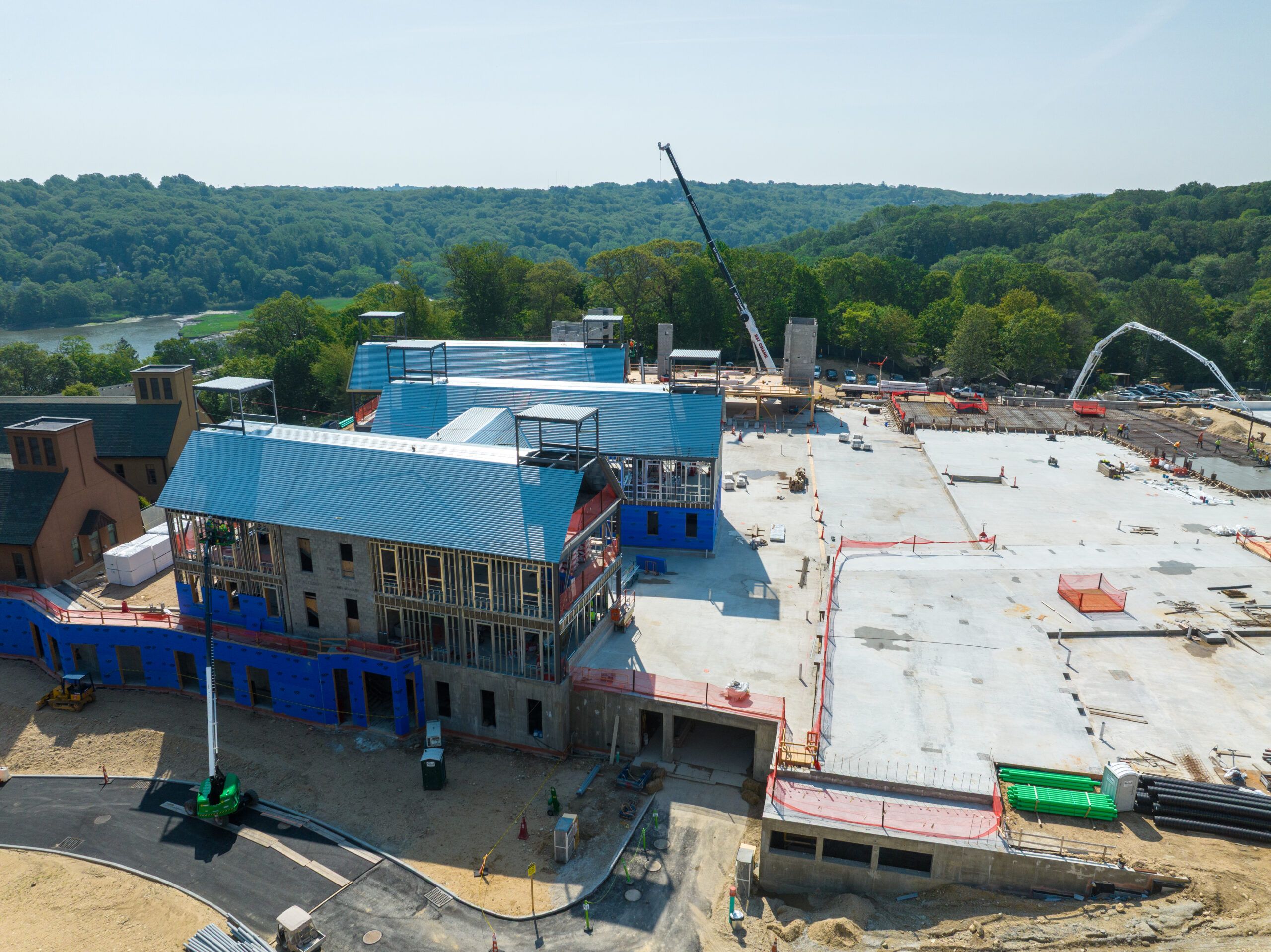After enduring the challenges of a harsh winter, a thorough roof inspection becomes crucial for maintaining the safety and integrity of any home or building. Winter’s freeze-thaw cycles, heavy snowfall, and ice buildup can cause hidden damage that worsens over time if left unattended. Spring offers an ideal opportunity to address these issues before the warmer months bring rainstorms or strong winds that could exacerbate existing problems. Understanding what roofing contractors examine during spring inspections can help homeowners anticipate necessary repairs and protect their investment. We will explore the key areas professionals focus on when assessing a roof following a tough winter season.
Key Areas Roofing Contractors Examine During Spring Inspections
Shingle Condition and Displacement
One of the primary concerns after winter is the state of roofing shingles. Ice dams, formed by melting snow that refreezes at the roof’s edges, often cause shingles to lift, crack, or detach. Roofing contractors look carefully for missing or damaged shingles because these create entry points for water to penetrate the roof deck. Even small gaps can lead to leaks that compromise the underlying structure.
Contractors also check for granule loss on asphalt shingles, which weakens their ability to protect against ultraviolet rays and further weather exposure. Additionally, wind and hail during winter storms can cause subtle shingle damage, so inspectors pay close attention to signs of curling, blistering, or warping that could signal the need for repair or replacement. To better understand these services, see what St. Louis roofing contractors offer regarding thorough shingle inspection and maintenance.
Gutter and Downspout Integrity
Proper drainage is essential for preventing water damage to the roof and the building’s foundation. After winter, gutters and downspouts often become clogged with debris such as leaves, twigs, and ice remnants. Contractors assess gutters to ensure they are firmly attached and free of blockages that could cause water to overflow or pool near the roofline. Ice buildup during winter may also cause gutters to bend or pull away from the fascia board, leading to sagging or leaks. Downspouts are examined to verify that they effectively direct water away from the structure. Faulty or clogged drainage systems can create moisture problems that affect the roof, walls, and basement, so thorough inspection and cleaning are crucial.
Roof Flashing and Sealant Condition
Flashing is the thin metal material installed around roof features such as chimneys, vents, and skylights to prevent water infiltration. Harsh winter conditions can loosen or damage flashing, allowing water to seep into vulnerable areas. Contractors carefully inspect flashing for cracks, gaps, rust, or displacement. They also check the sealant or caulking that secures the flashing to the roof surface, which may have deteriorated due to freezing and thawing cycles. Damaged flashing is a common source of leaks and can lead to significant interior damage if not promptly repaired. Ensuring that flashing and sealants remain intact after winter is important in maintaining roof waterproofing.
Inspection of the Roof Deck and Underlayment
Although the roof deck and underlayment lie beneath the visible roofing materials, they are critical in roof protection. If water has penetrated through damaged shingles or flashing, it can cause the roof deck to weaken or rot. Contractors may use moisture meters or infrared technology to detect hidden water intrusion or damp areas beneath the surface. Any signs of water damage to the decking or underlayment require immediate attention, as these problems can escalate quickly and compromise the roof’s structural integrity. A spring inspection helps identify these issues before they result in costly repairs or a full roof replacement.
Attic and Ventilation Checks
Spring roof inspections often include examining the attic space to identify any signs of leaks, mold, or ventilation problems. Proper ventilation is vital to regulate temperature and moisture levels, preventing ice dams and prolonging the roof’s lifespan. Contractors look for water stains, mold growth, or damaged insulation that might indicate ongoing moisture problems. They also verify that vents are clear and functioning as intended, allowing airflow to remove excess heat and humidity. Problems detected in the attic can be early warnings of roof damage and may highlight areas needing repair or improvement during the spring maintenance.
Structural Components and Roof Edges
The physical structure supporting the roof can suffer stress during winter, particularly from heavy snow loads or ice accumulation. Contractors inspect the roof edges, fascia boards, and soffits for signs of damage such as cracks, splits, or warping. These components protect the roof and home exterior from weather exposure and pests. Ice buildup can cause gutters and edges to pull away, creating gaps where water and critters can enter. Additionally, contractors check for any sagging or uneven areas that could indicate problems with the underlying framing. Maintaining the integrity of these structural elements is essential to ensure the roof remains secure and weather-resistant throughout the year.
Spring roof inspections are vital in identifying and addressing the wear and tear caused by winter’s harsh conditions. Homeowners benefit from understanding the detailed checks roofing contractors perform, which focus on shingles, drainage systems, flashing, the roof deck, attic conditions, structural elements, and roof penetrations. By addressing these key areas, property owners can extend the life of their roofs and avoid costly damage during the wetter months that follow winter.
Springtime presents the perfect moment to evaluate a roof’s condition after enduring snow, ice, and cold weather. Timely inspections allow for early detection of issues that might otherwise go unnoticed until they cause significant damage. Paying attention to the areas roofing contractors prioritize during these assessments ensures that necessary repairs or maintenance are carried out efficiently. This proactive approach protects the home and helps maintain its value and comfort through changing seasons. Taking the time to schedule a comprehensive roof inspection each spring sets the foundation for a secure and durable roof all year long.











